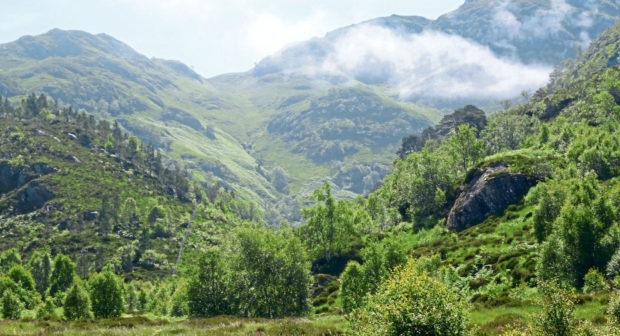The government has confirmed that in the absence of a trade deal with the EU27, the UK is ready to operate on the basis of global World Trade Organisation tariffs.
This would see some duties fall while others increase, not least for cars made in Europe.
It would see significant duties on imported food, but while that appears positive, farm lobby organisations have warned that these would be whittled away to secure trade deals.
This comes after the government rejected calls for food standards to be backed by legislation, which is being widely seen as an attempt to show Brussels the UK is serious about walking away without a trade deal.
The European Commission is pressing for a delay to the end of the transition phase for the UK’s departure, but this has been rejected. The European Commission claims it can’t focus on a trade deal with the UK because of the coronavirus crisis, but it has found time to launch its Farm to Fork green initiative.
Farm to Fork is part of a wider plan to reduce EU carbon emissions and the strategy is high on rhetoric but low on practicalities. Early stages include low-carbon farming and moves to make sustainable food compulsory.
The key objectives for agriculture, to be achieved by 2030, include a 50% cut in pesticide use, a 20% reduction in fertiliser use, a 50% reduction in antimicrobials and a target of 5% of all production being organic.
Member states must implement these goals. The plan is over-ambitious and impractical, but for the commission it is now the only show in town, which means looming difference in standards could make it more difficult for the UK to secure a trade deal.
Coronavirus is continuing to create problems across the EU, as lockdowns ease and businesses attempt to get back to more normal trading.
Some countries, including Ireland, Romania and Spain, have broken ranks by coming up with support packages for their own farm industries.
There is concern in Germany, Ireland and elsewhere about spikes of Covid infections in meat processing plants.
Member states are also drawing up individual Covid recovery plans for their food industries, which are likely to drive a renationalisation of food markets.
A major Danish firm has responded to the crisis by bringing pasta production back home, on grounds that transparency and the ability to demonstrate a short supply chain are now the price of consumer confidence.







